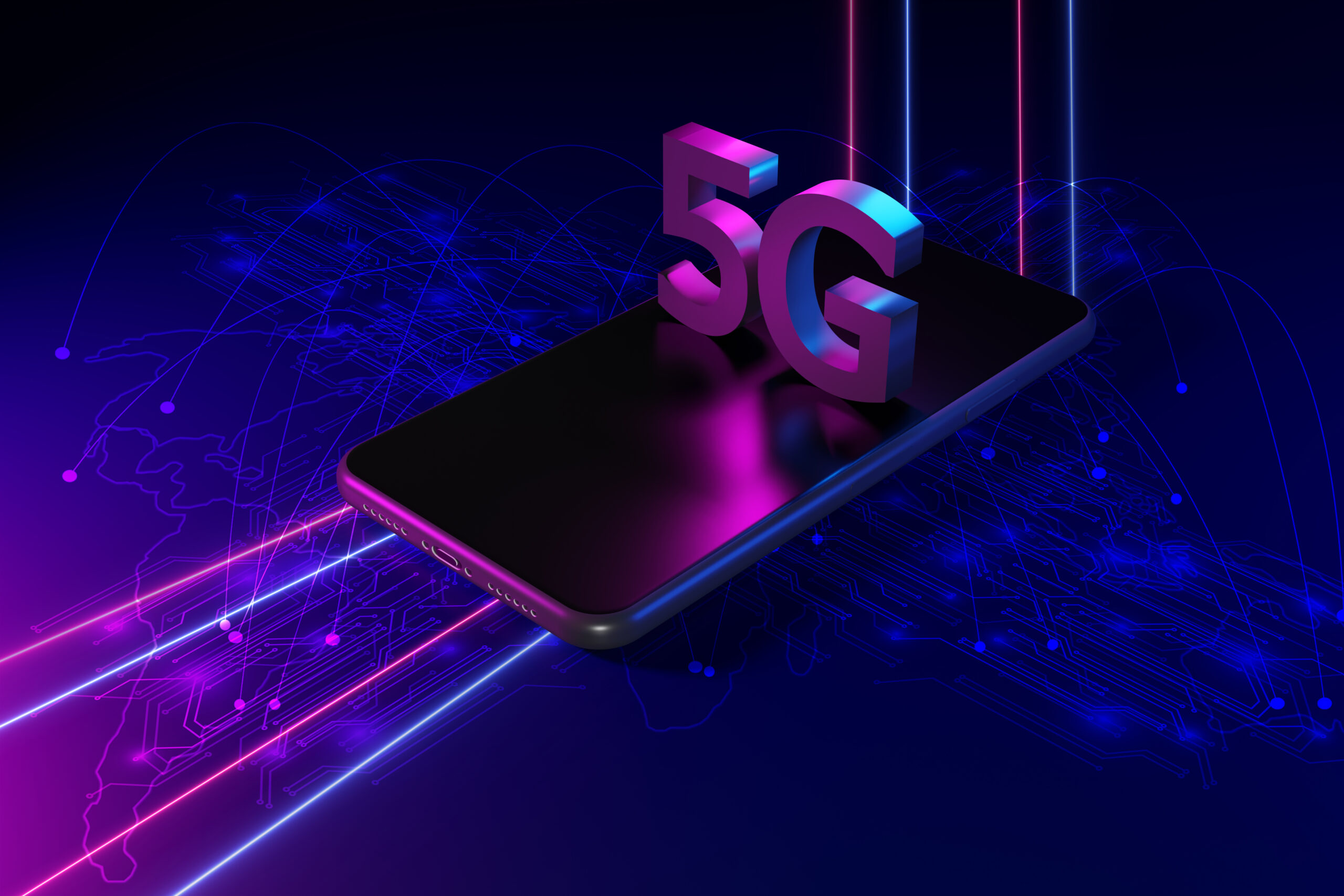Urban Insights
Exploring the pulse of modern cities.
5G and the Race to Zero Latency
Discover how 5G is revolutionizing technology and driving us towards zero latency. Don't miss out on the future of connectivity!
Understanding 5G: What Does Zero Latency Mean for You?
As the world embraces the next generation of mobile technology, understanding 5G becomes essential. One of the most talked-about features of 5G is its potential for zero latency. But what does this mean for everyday users? In simple terms, zero latency refers to the minimal delay in data transmission, allowing for real-time communication and interaction. This is especially important for applications that require instant feedback, such as online gaming, virtual reality experiences, and remote surgery. The speed and reliability of 5G networks promise to elevate these experiences, making them more intuitive and interactive than ever before.
The implications of zero latency extend beyond entertainment and healthcare. For businesses, this technology can enhance operational efficiency and customer engagement. With the ability to connect devices and applications instantaneously, companies can streamline processes and improve decision-making. Imagine a manufacturing plant where robots and human workers communicate without hesitation, or smart cities where traffic signals adapt to real-time conditions. In conclusion, the arrival of 5G and its zero latency feature could revolutionize how we interact with technology and each other, paving the way for innovations that were once considered science fiction.

The Impact of 5G Technology on Latency: A Deep Dive
The advent of 5G technology marks a significant leap forward in telecommunications, primarily due to its remarkable ability to reduce latency. Latency, often described as the delay before a transfer of data begins following an instruction, can severely impact user experiences in numerous applications, from gaming to virtual reality. With 5G, latency is expected to plummet to as low as 1 millisecond, a striking improvement over the 20-30 milliseconds typical of 4G networks. This reduction opens up a world of possibilities, enabling real-time interactions and enhancing functionalities such as remote surgery, autonomous vehicles, and immersive augmented reality experiences.
Furthermore, the low-latency capabilities of 5G technology are set to transform industries by facilitating instantaneous communication between devices. For instance, in smart manufacturing environments, machines can make real-time adjustments based on immediate feedback, leading to greater efficiency and reduced downtime. The implications extend to areas like telemedicine, where doctors can monitor patients remotely with a minimal delay, ensuring timely interventions. As industries gear up to harness the full potential of 5G, understanding its impact on latency becomes crucial for stakeholders aiming to capitalize on this technological evolution.
Is Zero Latency Achievable? Exploring the Future of 5G Connectivity
The question of whether zero latency is achievable has become a focal point in discussions about the future of 5G connectivity. As the demand for real-time communication escalates, the potential to reduce latency to almost negligible levels is not just a technological challenge but also a commercial one. 5G networks are designed to bring latency down to as low as 1 millisecond, significantly improving applications ranging from online gaming to autonomous vehicles. However, achieving true zero latency involves overcoming various hurdles, including network congestion, signal interference, and the limitations of existing infrastructure.
Looking ahead, several innovations could pave the way for zero latency. For instance, the deployment of advanced edge computing resources could minimize the distance data must travel, thereby reducing delays. Additionally, integrating artificial intelligence (AI) for network optimization could further streamline the process of data transmission. As technology evolves, 5G connectivity stands poised not only to enhance speed and reliability but potentially to inch closer to the dream of zero latency. The implications of achieving this goal could revolutionize industries, enhance user experiences, and open avenues for applications previously deemed impossible.